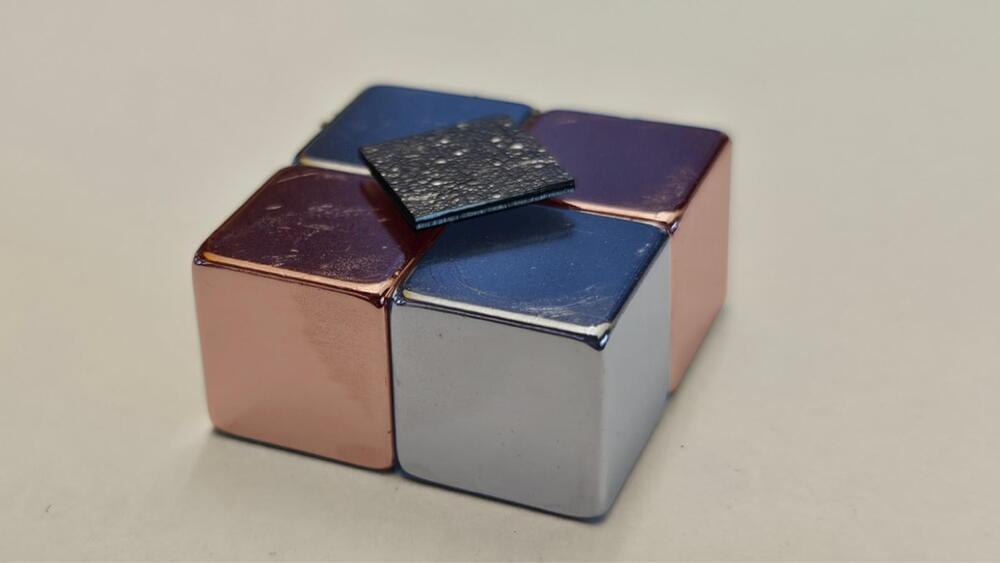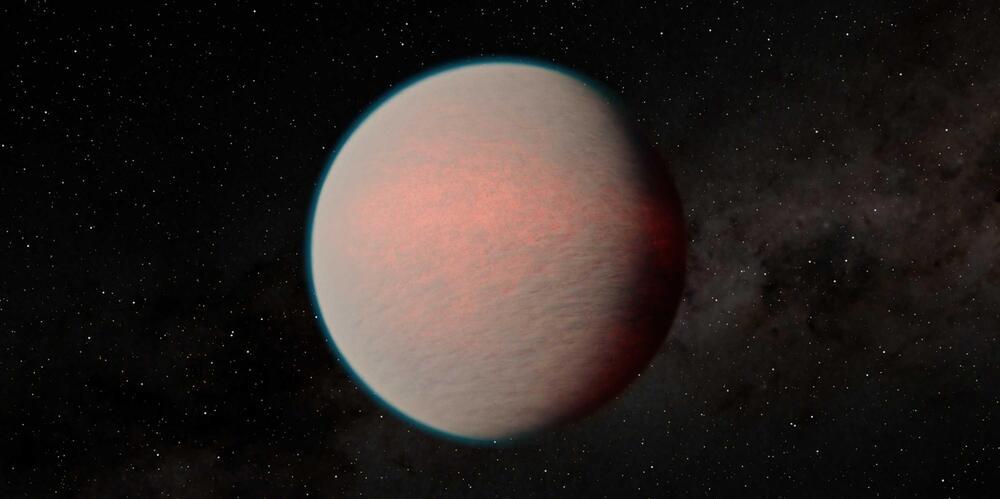
Using the CHARA Array at Georgia State University, researchers have unveiled new insights into Polaris, the North Star.
Known for its role in navigation and as the brightest in a triple-star system, Polaris has now been observed in greater detail, revealing its size to be 46 times that of the Sun and showcasing large surface spots. These findings are crucial for using Cepheids as cosmic yardsticks, aiding in the measurement of cosmic distances and the expansion of the universe.
Researchers using Georgia State University’s Center for High Angular Resolution Astronomy (CHARA) Array have identified new details about the size and appearance of the North Star, also known as Polaris. The new research was published on August 20 in The Astrophysical Journal.


















